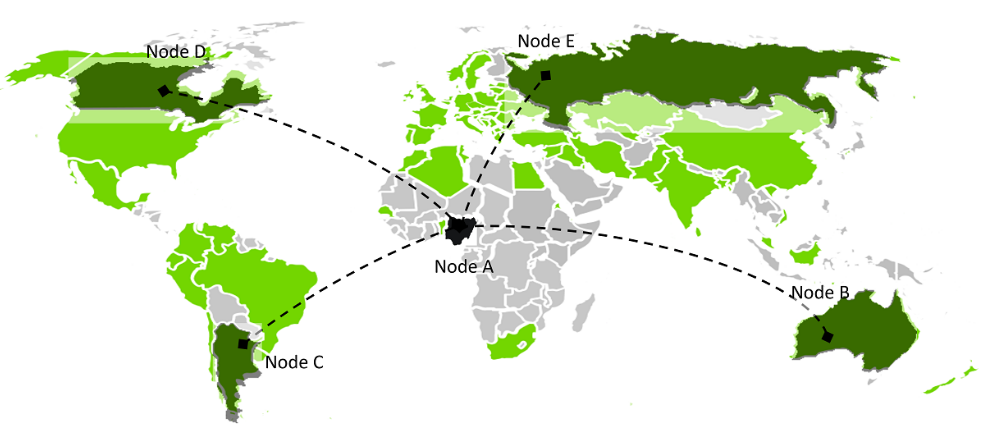Neuer Artikel im Journal of Medical Internet Research veröffentlicht

16.11.2021 Der Artikel "Security Engineering of Patient-Centered Health Care Information Systems in Peer-to-Peer Environments: Systematic Review" von Imrana Abduallahi Yari, Tobias Dehling, Felix Kluge, Jürgen Geck, Ali Sunyaev, and Bjoern Eskofier wurde im Journal of Medical Internet Research veröffentlicht. Artikel auf der Journal-Webseite lesen.
Abstract
Background: Patient-centered health care information systems (PHSs) enable patients to take control and become knowledgeable about their own health, preferably in a secure environment. Current and emerging PHSs use either a centralized database, peer-to-peer (P2P) technology, or distributed ledger technology for PHS deployment. The evolving COVID-19 decentralized Bluetooth-based tracing systems are examples of disease-centric P2P PHSs. Although using P2P technology for the provision of PHSs can be flexible, scalable, resilient to a single point of failure, and inexpensive for patients, the use of health information on P2P networks poses major security issues as users must manage information security largely by themselves.
Objective: This study aims to identify the inherent security issues for PHS deployment in P2P networks and how they can be overcome. In addition, this study reviews different P2P architectures and proposes a suitable architecture for P2P PHS deployment.
Methods: A systematic literature review was conducted following PRISMA (Preferred Reporting Items for Systematic Reviews and Meta-Analyses) reporting guidelines. Thematic analysis was used for data analysis. We searched the following databases: IEEE Digital Library, PubMed, Science Direct, ACM Digital Library, Scopus, and Semantic Scholar. The search was conducted on articles published between 2008 and 2020. The Common Vulnerability Scoring System was used as a guide for rating security issues.
Results: Our findings are consolidated into 8 key security issues associated with PHS implementation and deployment on P2P networks and 7 factors promoting them. Moreover, we propose a suitable architecture for P2P PHSs and guidelines for the provision of PHSs while maintaining information security.
Conclusions: Despite the clear advantages of P2P PHSs, the absence of centralized controls and inconsistent views of the network on some P2P systems have profound adverse impacts in terms of security. The security issues identified in this study need to be addressed to increase patients' intention to use PHSs on P2P networks by making them safe to use.
